
Access powerful AI models to transcribe and understand speech via a simple API.
Try our no-code playground for free 👉 https://t.co/YPCK9mq5Qy
3 subscribers
How to get URL link on X (Twitter) App


 1. The Illustrated Transformer guide:
1. The Illustrated Transformer guide: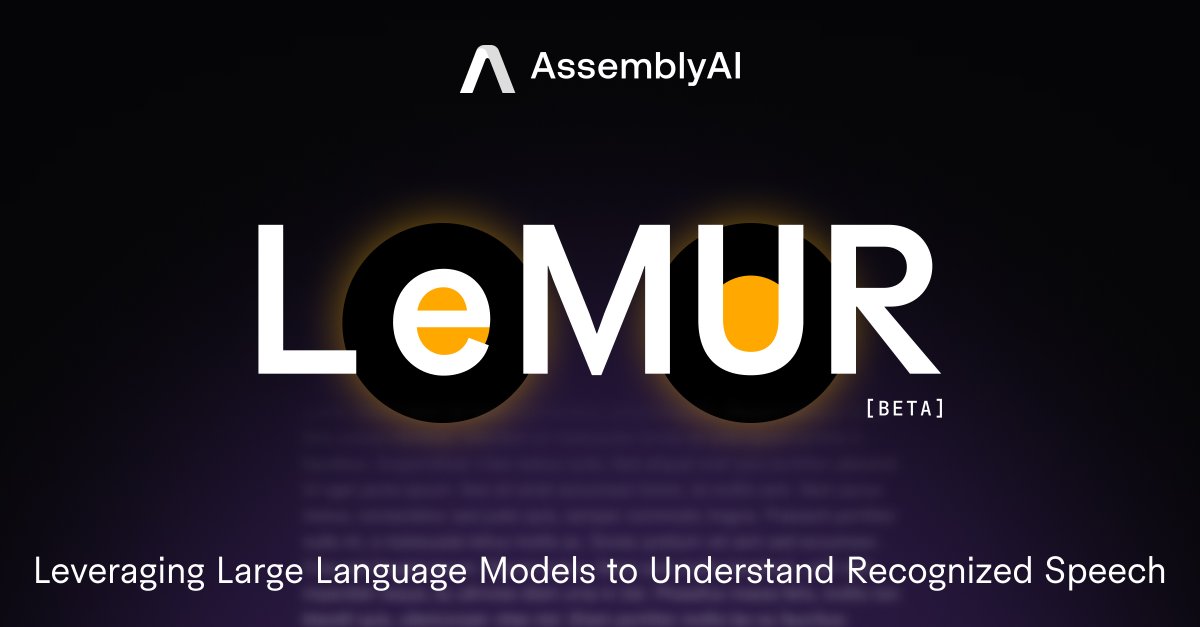
 A key challenge with applying LLMs to audio files today is that LLMs are limited by their context windows.
A key challenge with applying LLMs to audio files today is that LLMs are limited by their context windows.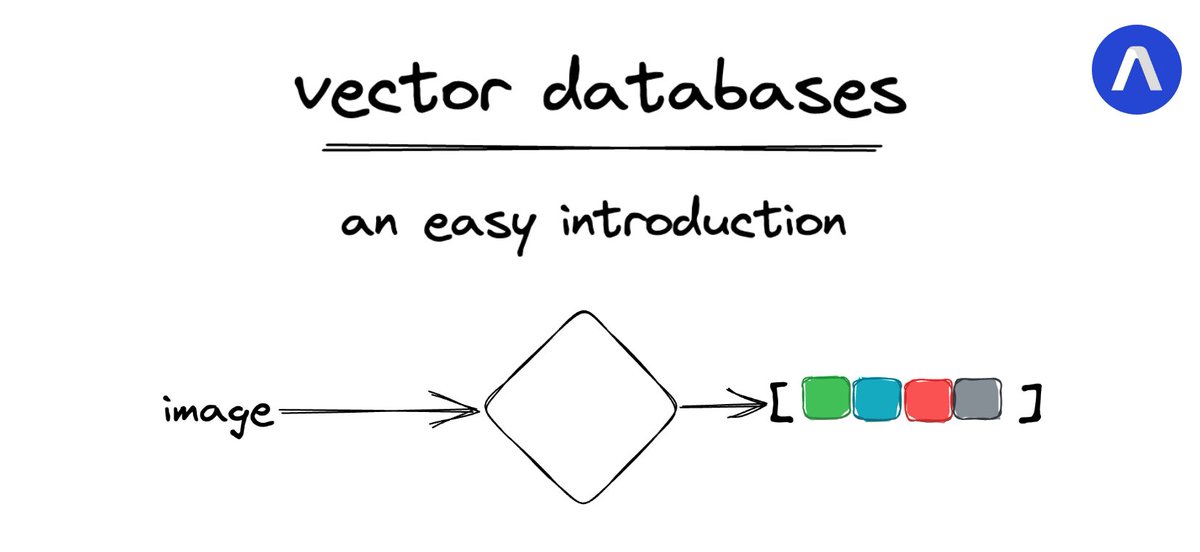
 Let’s start with the motivation.
Let’s start with the motivation.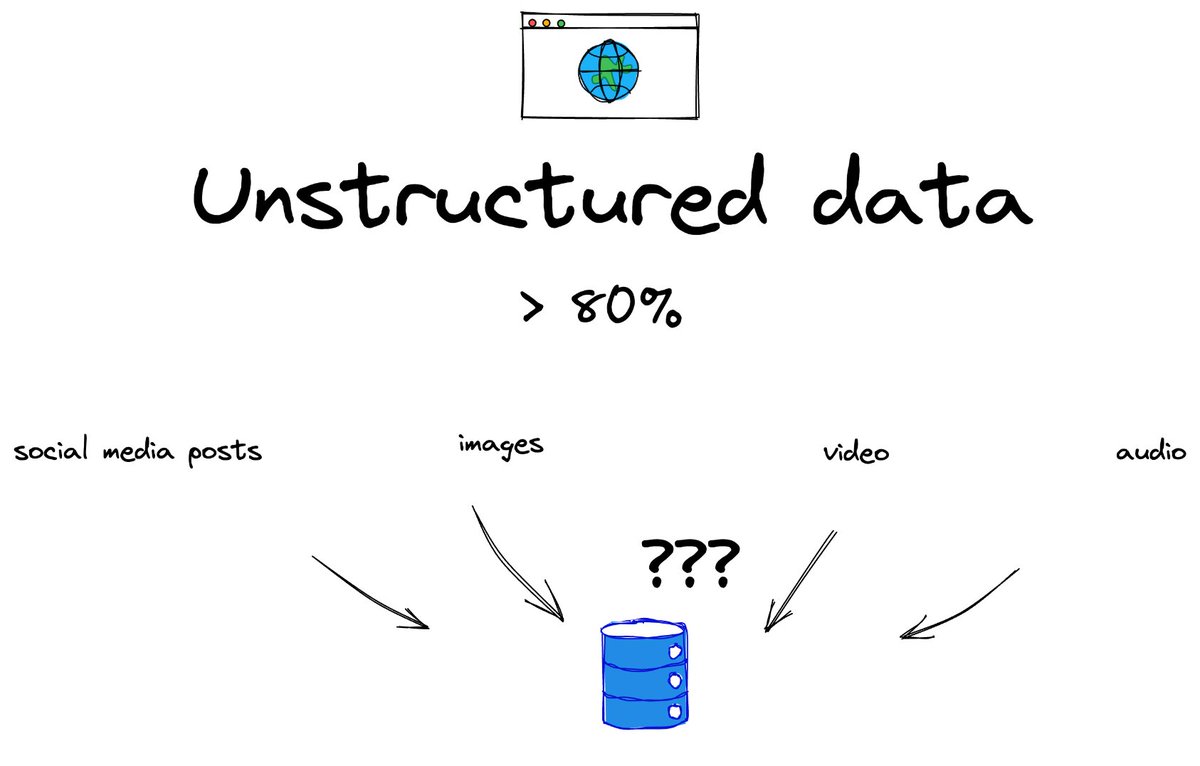
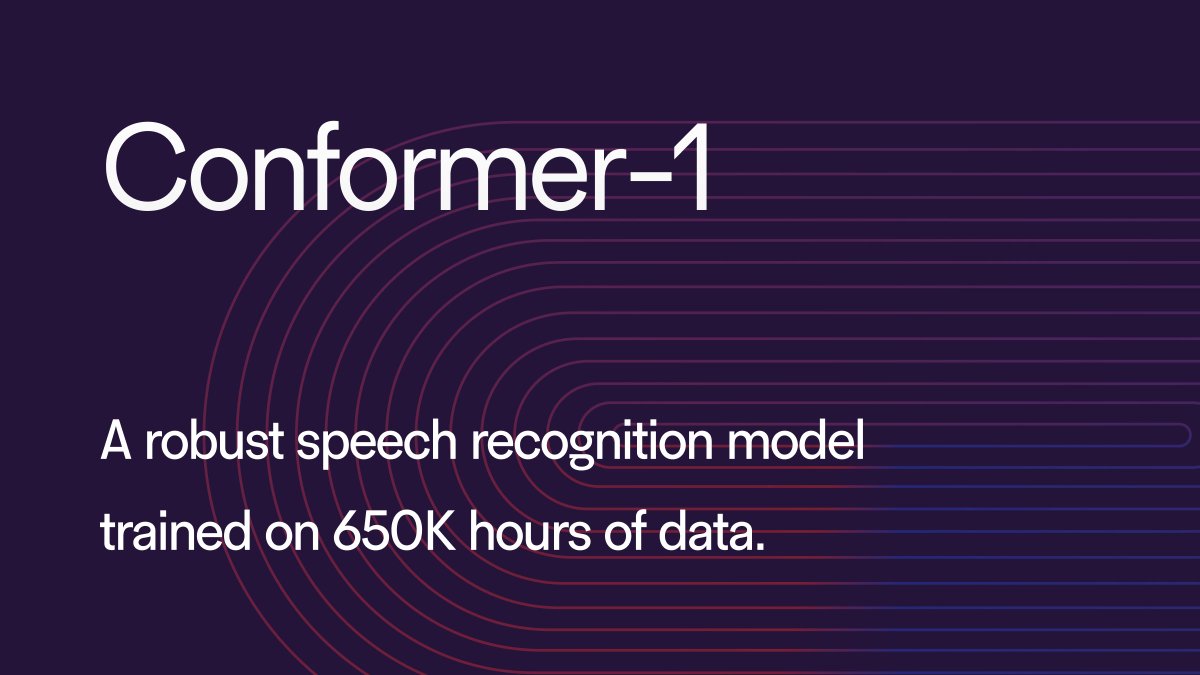
 2/9 Conformer architecture
2/9 Conformer architecture
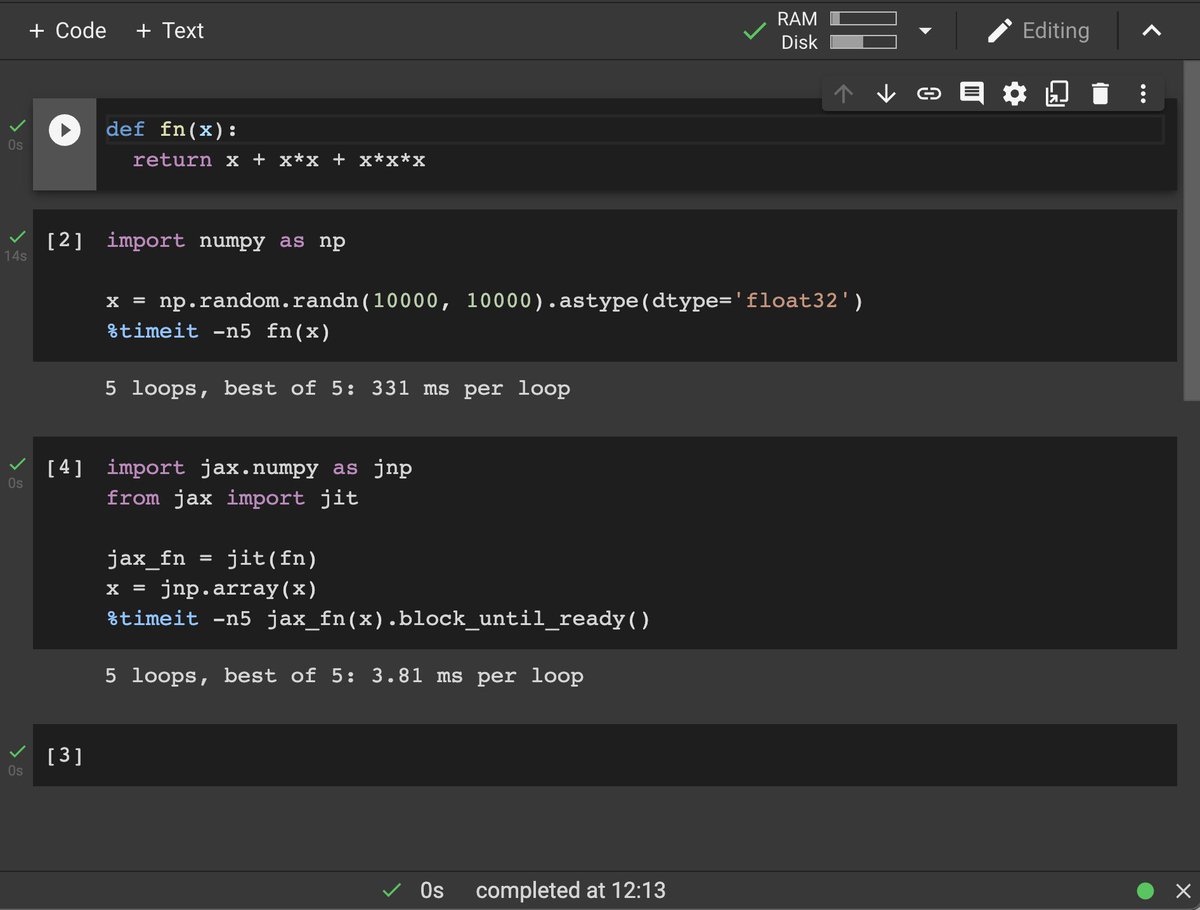
 2/8 What is JAX?
2/8 What is JAX?

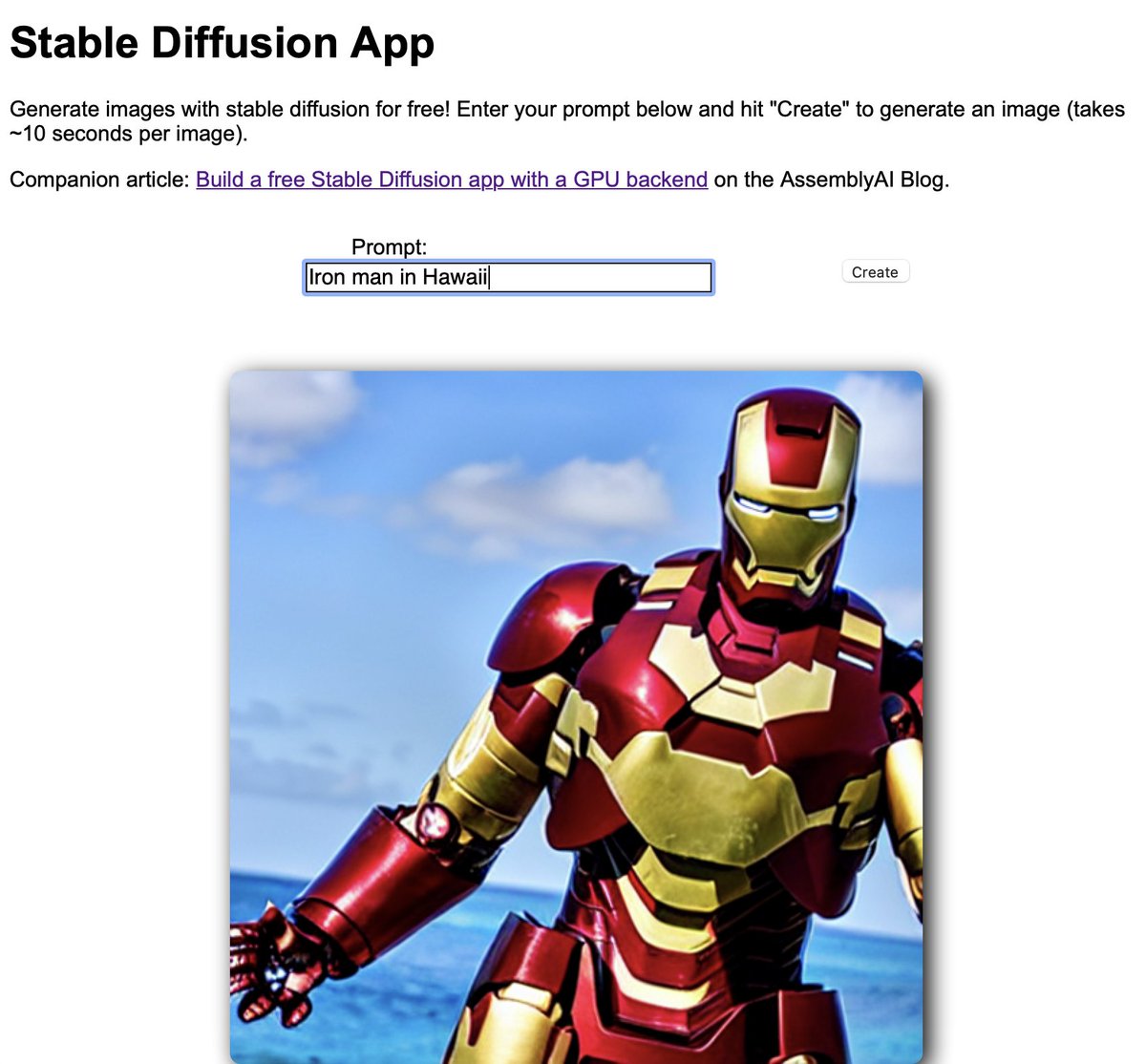
 2/8 Prerequisites:
2/8 Prerequisites: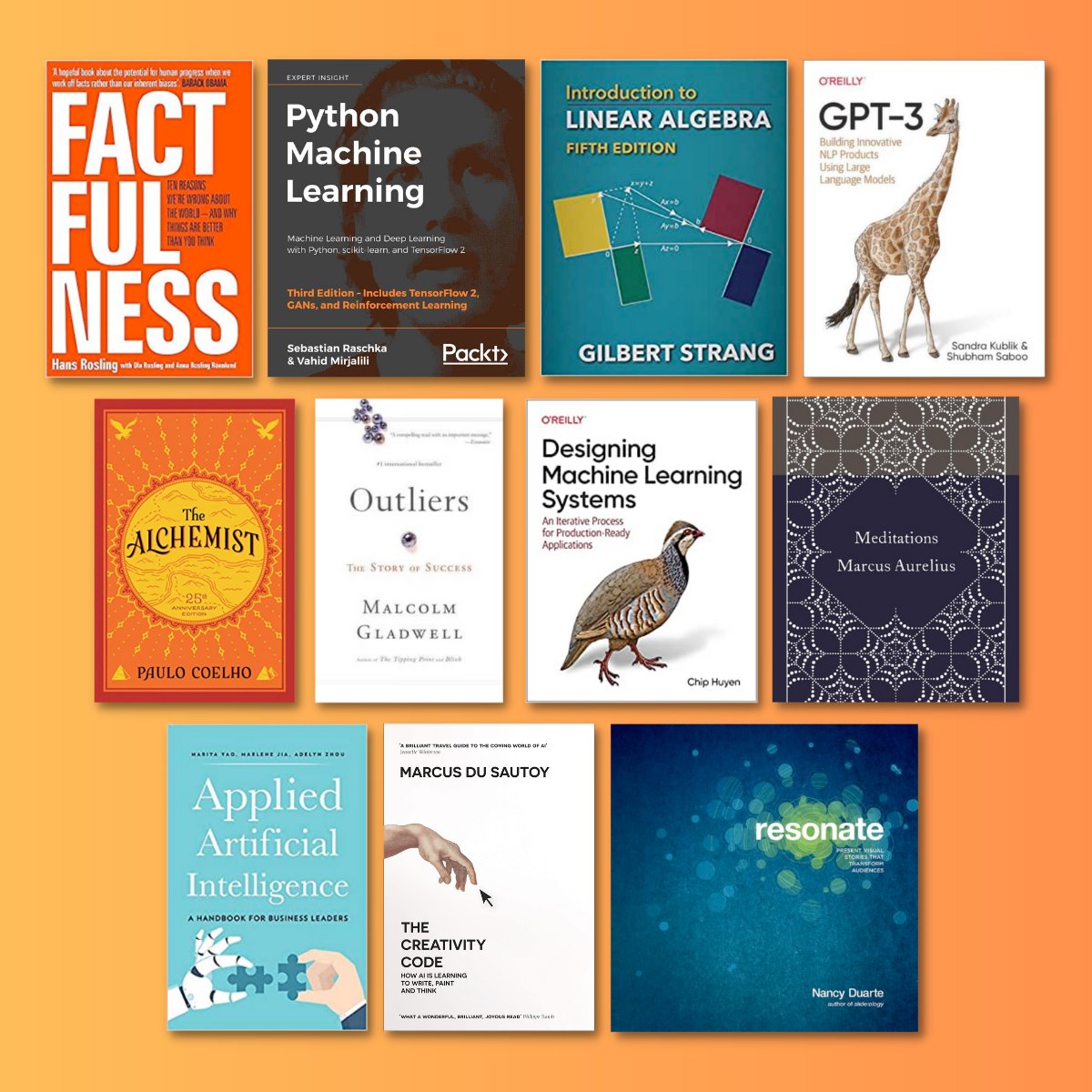
 2/4 AI-related books:
2/4 AI-related books:https://twitter.com/AssemblyAI/status/159000948840873574411. Generative Models


 1. As the forecasting algorithm we use Prophet:
1. As the forecasting algorithm we use Prophet:
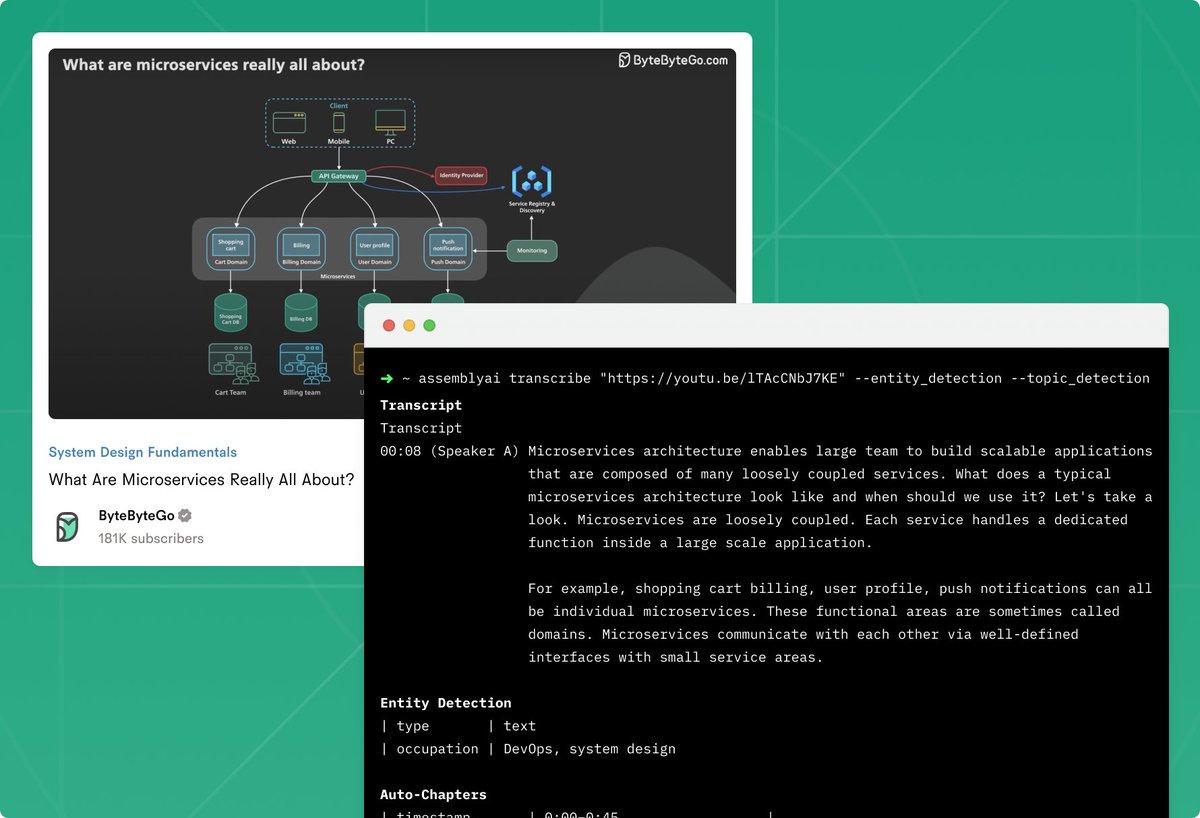
 1. To transcribe a file or URL you only need one command:
1. To transcribe a file or URL you only need one command: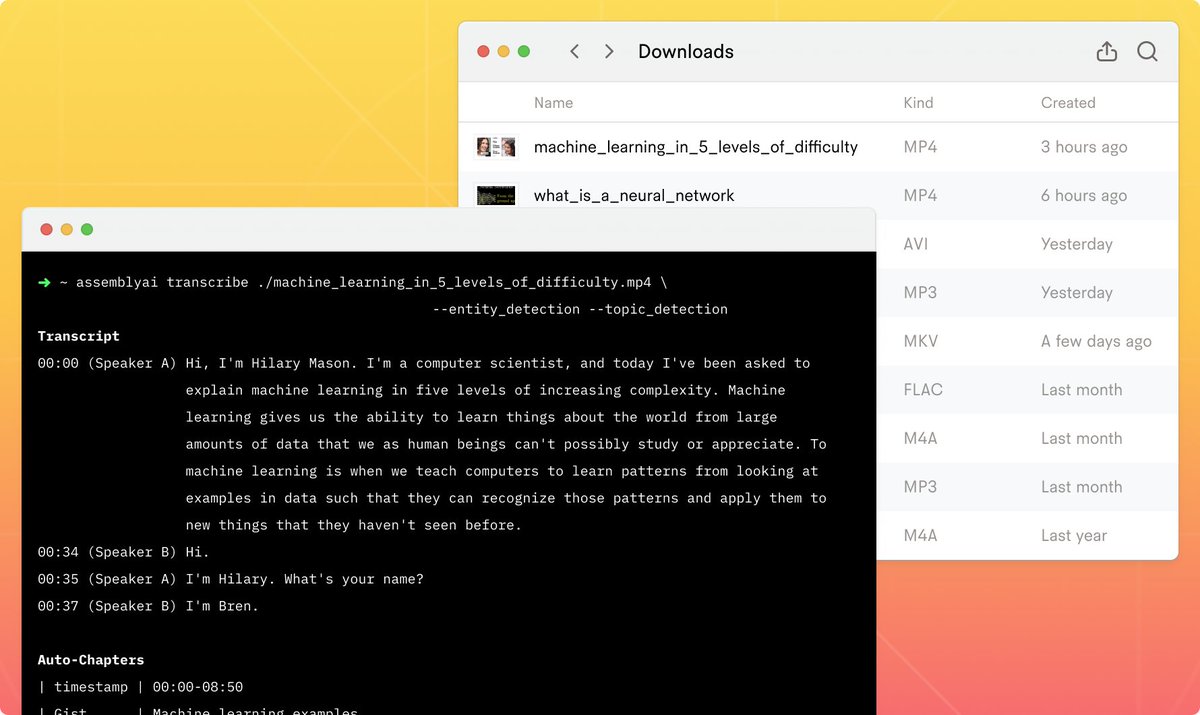
https://twitter.com/AssemblyAI/status/1547952873161379841